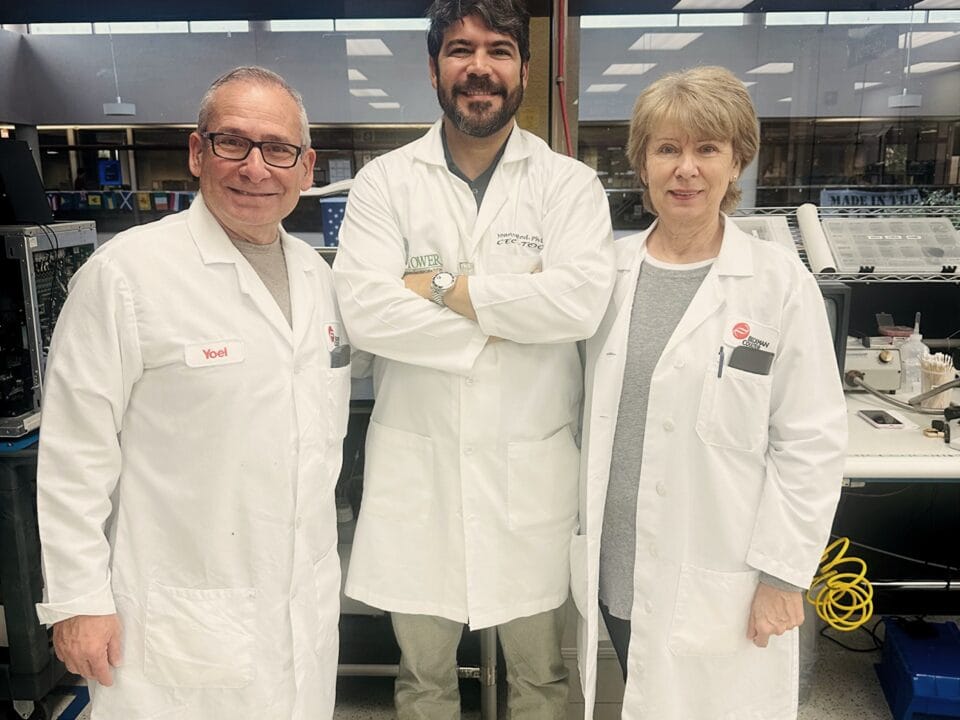
What Makes a Good Precision Optics Company?
Friday, 23 December, 2016
Manufacturing High Quality Precision Optics
Friday, 23 December, 2016Wave plates, also called retarders, are transmissive optical devices which alter the state of polarized light transmitted through them. The most common retardation values are half-wave and quarter-wave. The half-wave plate is typically used to shift the axis of linear polarized light or switch the handedness of circularly polarized light, and the quarter-wave plate is typically used to transform between linear and circular polarization. There are many other retardation values and uses of wave plates – see Tower’s Introduction to Waveplates,
Wave plates can be made from several materials and constructed in several ways, affecting their performance at different wavelengths and temperatures. Because the choice of a retarder has such critical and complex effects on your system, you should know their types and features:
Materials
Crystal quartz is the most common choice for good reason. It is scratch-resistant, strong, easy to polish, and transparent across a broad spectral range. Al2O3 (sapphire) is extremely hard and tough, and transmits farther into the infrared, but is very difficult to polish to laser quality. MgF2, while softer than quartz, is transparent farther into both ultraviolet and infrared. Mica is very soft and fragile, difficult to work with, and has low power-handling capability.
Types
The multiple-order waveplate, a single plate usually of 0.25 – 2 mm thickness, is the most economical. Its retardation value is many wavelengths plus the desired fraction, i.e. 14.25 l. It is a good choice in a temperature-controlled environment and for use with a single stable wavelength. The compound zero-order waveplate consists of two multiple-order waveplates oriented so that the resulting retardation is the difference between the two, i.e. 0.25 l. It offers much greater stability across a thermal and spectral range than the multiple. The true zero-order waveplate is a single, very thin (25-100 mm) plate. It is much more expensive than thicker plates and much more fragile. The most common achromatic waveplates consists of two plates of different materials, resulting in a zero-order design producing a nearly constant retardation across a broad spectral band. It is the preferred choice for non-laser sources. Finally the dual-wavelength waveplate is a single thick plate whose retardation is a useful value at two different, but very specific, wavelengths.
Construction
Compound zero-orders can be cemented, optically contacted, or air-gapped. Cemented construction is mechanically durable and inexpensive but suffers from limited power-handling, greater beam deviation, and lesser wavefront quality. Optical contact offers better performance in all respects but is vulnerable to de-contacting with extreme temperature excursions. The air gap construction, where the plates are separated by a stainless steel spacer within a cell mount, results in the highest performance in all respects. Achromats can be cemented or air-gapped.
Supplier
Wave plate manufacture and testing is a specialty within optics. Not every “fab shop” can succeed. When choosing a partner, make sure they specialize in waveplates, and have been around for a few years. Check out their references and memberships (Better Business Bureau, APOMA, etc.) Ensure that they are ITAR compliant and are registered with the State Department to get export licenses. Confirm that they are certified to ISO 9001:2000 and ISO 9001:2008. And finally, make sure they have the instrumentation, modern equipment, and capacity to meet your needs.



